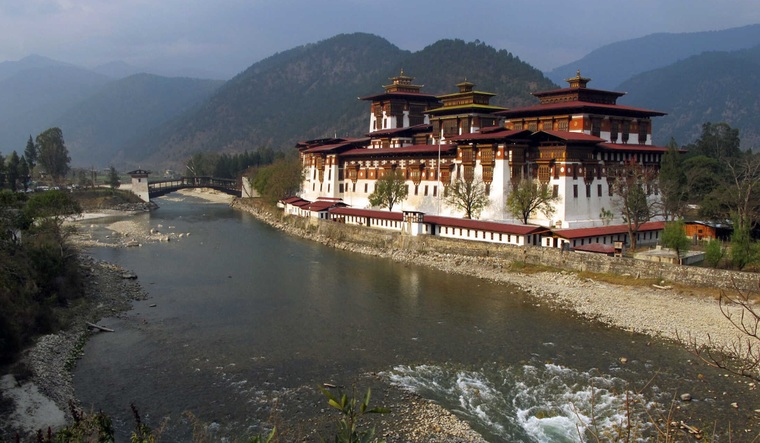This is a prequel to the Galwan Valley clash last month in which 20 Indian soldiers lost their lives. China had engineered another clash by making a fresh territorial claim with Bhutan. At a virtual meeting of the Global Environmental Facility, China objected to a grant for Sakteng Wildlife Sanctuary, claiming that the territory was disputed.
The GEF addresses the most pressing environmental problems and is headquartered in Washington. According to the minutes of its meeting—published online—the council representative for China opposed a project, stating that the sanctuary is located in the disputed areas and that it is on the “agenda of China-Bhutan boundary talks”.
The representative of India, Bangladesh, Bhutan, Maldives and Sri Lanka—an Indian IAS officer—countered the claim. “Bhutan totally rejects the claim made by the council member of China. Sakteng Wildlife Sanctuary is an integral and sovereign territory of Bhutan and at no point during the boundary discussions between Bhutan and China has it featured as a disputed area,'' the representative stated.
The wildlife sanctuary is in a district that borders both India and China. Bhutan, which opposed the claim, has sent a demarche to China.
The dispute marks the beginning of another front China has opened. The reason? Experts believe it is to pressurise India.
“It is part of the larger geo-political game between India and China,'' says Dr Geeta Kochhar, Centre for Chinese and South East Asian Studies, Jawaharlal Nehru University. It is part of China's growing assertiveness in the region. Referring to Nepal’s claim on Kalapani, she says “It is clear that the Chinese ambassador in Nepal is active in the internal politics of the country.''
China chose to publicly assert its claim on the sanctuary for the first time last week. In a statement to the Hindustan Times, the Chinese foreign ministry, referring to Bhutan, said: “There have been disputes over the eastern, central and western sections for a long time”. Sending a signal to India, the statement said, “a third party should not point fingers” in the issue.
China and Bhutan have held 24 rounds of boundary talks since 1984. “The Chinese have never brought this up in the boundary talks. So, there was no dispute in Eastern Bhutan,'' tweeted Tenzing Lamsang, editor of The Bhutanese newspaper. The timing of the claim, coupled with China's militarization at the Galwan Valley, is certainly suspect. There are concerns that China's larger game plan is to bolster its claim on Arunachal Pradesh, which it refers to as South Tibet.
This is not the first time that China has used Bhutan to squeeze India. The Doklam stand-off in 2017, too, was an attempt to pressurize India. So far, Bhutan—a close ally of India—has been a hold-out in the larger China design.
“If they can undermine the Bhutanese neutrality, the Bhutan buffer for India goes,'' says Brigadier Arun Sahgal, Senior Fellow for Strategic and Regional Security, Delhi Policy Group. Reviving an old claim, Sahgal feels, is to keep India pressurised on the boundary issue. “It is the last of their chess pieces. It is more of a mind game.”



